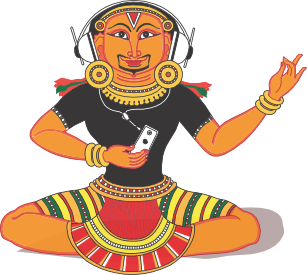
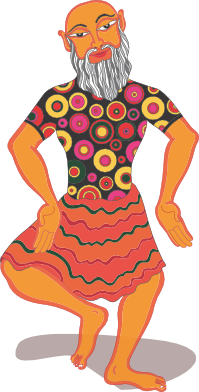
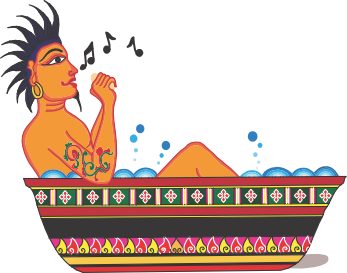
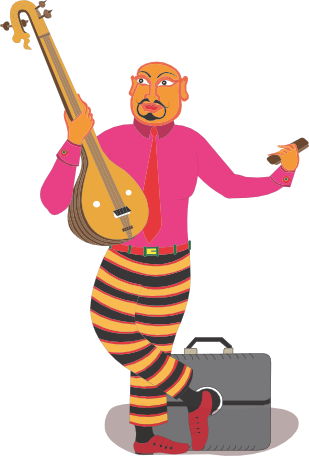
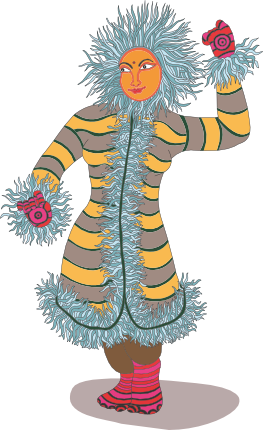
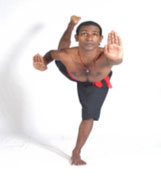
KALARI (PAYATTU)
-Team eAmbalam
In the South Indian languages of Thamizh and Malayalam, the word Kalari signifies two totally different things – the battlefield and the floor where grains are threshed. It also indicated the training ground of martial arts like Payattu. One of the oldest fighting systems this art was prevalent in the in northern and central parts of Kerala, Tamilnadu and the Tulunadu region of Karnataka.We find regional variants of Kalaripayattu because of this. It is said that even in Srilanka and Malaysia this art was known from the earlier days.
Kathakali dancers used to learn Kalaripayattu as it made them more flexible. Even today, some traditional Indian dance schools still incorporate Kalaripayattu as part of their exercise regimen. Kalaripayattu includes strikes, kicks, grappling, preset forms, weaponry and healing methods. It is notable that across religions in Kerala the martial art became very popular till it was outlawed by the British.
The resurgence of public interest in Kalaripayattu began in the 1920s in Tellicherry as part of a wave of rediscovery of the traditional arts throughout south India and continued through the 1970s surge of general worldwide interest in martial arts. In recent years, efforts have been made to further popularize the art, with it featuring in international and Indian films. Kalaripayattu has spread and gained importance in Europe and in other western countries after 2010.
Kalari presented by eAmbalam
Workshop on Basic techniques by Vasant Kumar at SaMaaGaMa 2012
Vasant Kumar learnt Kalari initially from Shaji John, at Spaces, Chennai and advanced his knowledge of the martial art under Sunil Kumar of CVN Kalari School, Kerala. Vasant is also a trained Bharathanatyam dancer with knowledge of Contemporary dance, Silambam, Acrobatics and Yoga.
The workshop gallery – 1
Brief report
“The ancient Indian martial art of Kalari originating from Kerala has many people in awe. Vasant Kumar and his team demonstrated some preliminary physical exercises done in the initial Kalari training. He also demonstrated the eight different stances based on animals like elephant, horse etc. Useful defense and attack movements were shown for the participants. Vasant also explained about the various weapons used in Kalari. The workshop gave us a glimpse into the handling of our body and some weapons according to the traditional Indian martial art of Kalari.” – Vidyalakshmi Venkataraman
The workshop gallery – 2